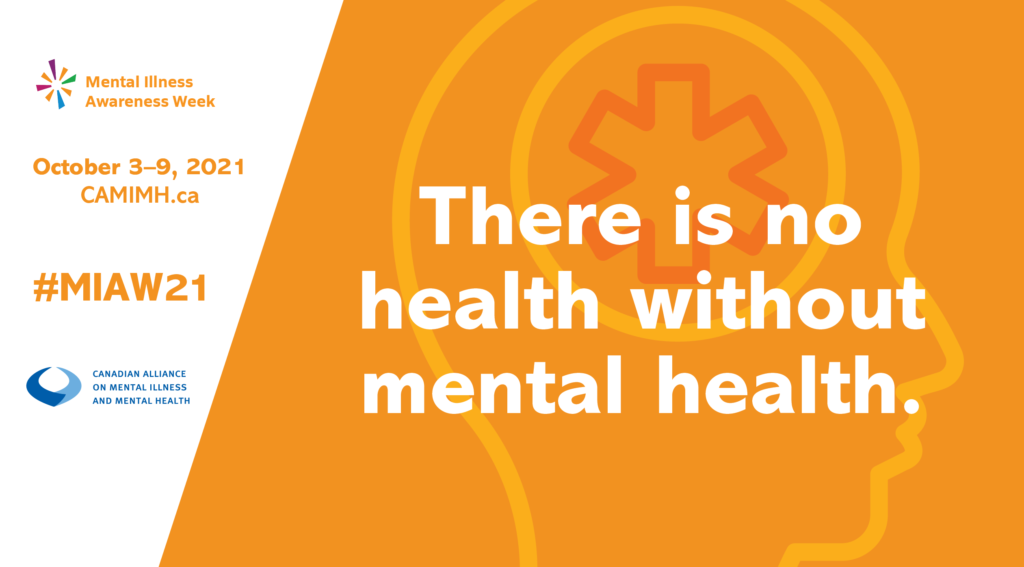
Therapy is an investment of time and money. The process may impact your life significantly. As such, it is important to select a therapist carefully. I encourage people to speak with a few psychologists before booking an initial appointment. The most consistent finding in psychological research is the importance of the therapeutic relationship. A therapist who makes you feel heard, respected, and understood increases the likelihood of a successful outcome.
You may have heard about different kinds of therapy online or from friends. The bottom line is that no one size fits all. Regardless of the type of therapy, every person is unique. Therefore, no two therapies will ever be alike (nor should they be). In the words of the famous psychiatrist Irvin Yalom, “Create a new therapy for each patient.”
I work from a psychodynamic perspective, as I find it to be the most comprehensive way of understanding human problems. Although I draw from several approaches to suit individual needs, my therapeutic work is anchored in psychodynamic theory. Some of the core principles of psychodynamic therapy are:
- People are frequently unaware of why they feel and behave in the ways that they do. This may lead to the repetition of painful and self-defeating patterns.
- Honestly about our motives does not come easily to us.
- People have ways of avoiding psychological pain which may result in personal difficulties.
- Our view of current experience is shaped by past experience.
- Human problems manifest in relationships (including the absence of meaningful relationships).
- The therapeutic relationship itself is a window into understanding a person’s difficulties.
- There is a collaboration on the purpose, methods, and tasks of therapy. However, the sessions will not have a rigid agenda.
As no one size fits all, it is difficult to determine in advance how long therapy will take. The research indicates that it may take an average of 3-5 sessions for the therapeutic relationship to be established, which includes a mutual understanding about the goals and purpose of therapy (Ladany et al. 2007). It is important to be realistic about therapeutic progress, as difficulties that have been with us for years are unlikely to change in a few weeks.
It is also important to understand the difference between therapies that produce long-lasting change versus therapies that are targeted towards short-term symptom reduction. If a problem is recurring, it is usually because there are underlying dynamics that require attention. If we only attend to the symptoms – and not the cause – it is likely that the symptoms will return within a matter of months. Dr. Emily Anhalt says, “I believe the true way to healing and feeling better in the world is not about ‘whack-a-moling’ symptoms…If all you do is fix a symptom without understanding what the symptom is trying to tell you, then you’re just going to have it pop up as a different symptom later.”
I firmly believe that a successful therapeutic relationship must be an honest one. It is important that we have a clear understanding about what you expect from therapy and what I can offer. For prospective patients, I always have a brief telephone consultation (about 10-15 minutes) to begin exploring whether we might be a good fit. I want the best outcomes for people. If I believe that another practitioner would be a better fit for you, I will offer a referral. If we decide to proceed with therapy, we will become collaborators to work towards your best outcome.
Kay, J. (2006). The essentials of psychodynamic therapy. Focus; 4(2).
Ladany et al. (2007). Practicing Counseling and Psychotherapy.
Psychotherapy Networker (2022). An interview with Emily Anhalt.
https://www.psychotherapynetworker.org/blog/details/2080/the-mental-health-gym
Shedler J; Where Is the Evidence for “Evidence-Based” Therapy?; The Psychiatric Clinics Of North America; 2018.
Yalom, I.D. (2002). The Gift of Therapy.


